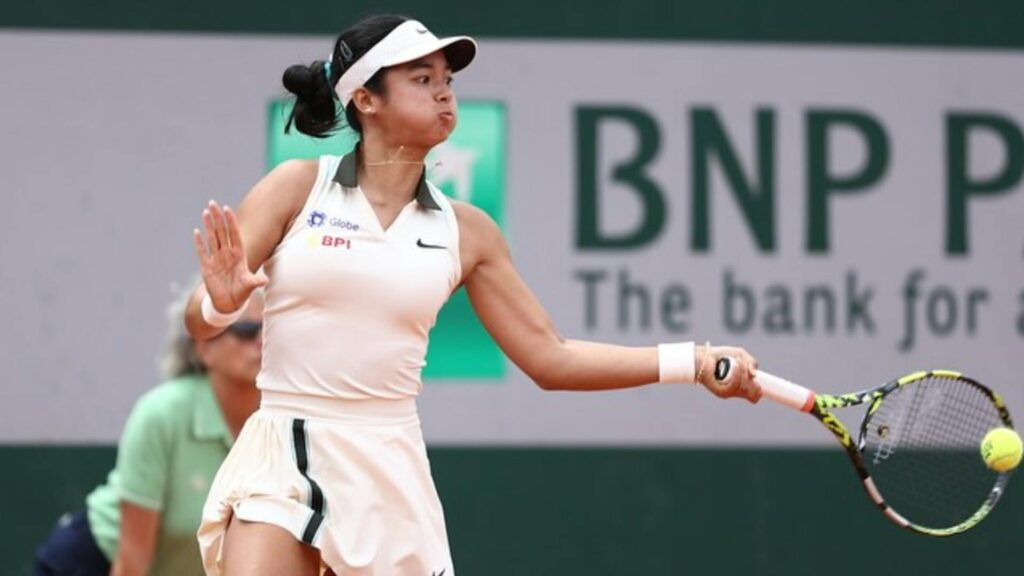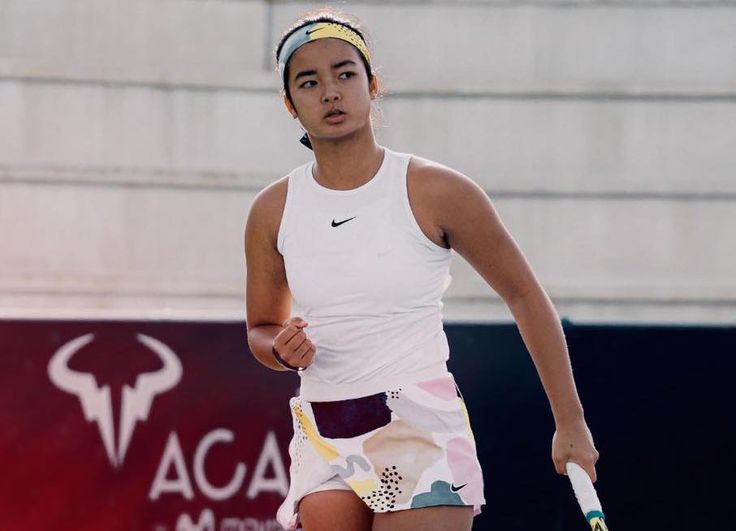When it comes to trailblazing talent in Philippine tennis, one name consistently breaks through the noise—Alexandra “Alex” Eala. From her early triumphs in junior Grand Slams to holding her own on the WTA Tour, Eala is proving that her journey is not a flash in the pan but a carefully constructed ascent. Now, as the grass court season beckons, a new chapter unfolds: Eala tests grass court readiness.
This stage—both literally and metaphorically—will test her adaptability, strategy, and most importantly, her mindset. Grass, with its slippery personality and historic elegance, doesn’t just ask players to adjust their strokes—it demands transformation.
Let’s dive into why this grass court chapter could be one of the most significant in Alex Eala’s young but already remarkable career.
The Beauty and Brutality of Grass
For tennis purists, grass courts are where legends are sculpted. Fast, slick, and unpredictable, this surface rewards aggressive play, sharp movement, and uncanny reflexes. It also requires a major shift in a player’s game.
Hard courts—Eala’s training ground in Rafael Nadal’s Academy—favor baseline grinders. Clay demands endurance and tactical point construction. But grass? Grass asks players to float, slice, and react like chess masters in running shoes.
Eala, who turned pro at a young age with solid footwork and a powerful lefty forehand, has thrived on both hard and clay courts. Her doubles game, bolstered by her volleys and court IQ, suggests she can transition well. But there’s a difference between theory and reality.
And so: Eala tests grass court readiness—not as a side quest, but as a full-on mission.
Early Glimpses of Grass Potential
Last year, Eala dipped her toes into the short but impactful grass season. She participated in a few ITF events in Europe, gathering both wins and lessons. While she didn’t make deep runs, it was less about trophies and more about touching the unfamiliar.
This year, however, the energy feels different.

Her ranking is steadily climbing, her game more refined, and her confidence evident in each post-match press conference. Most importantly, her goals are growing. Wimbledon is no longer a childhood fantasy—it’s on the calendar, penciled in with purpose.
And if she wants to shine at SW19, now is the time to go all-in.
Tactical Shifts: What Eala Is Likely Working On
Grass courts reward specific skills and punish hesitation. Here’s what Eala is likely emphasizing in her training as she readies herself:
1. Improved Serve and First-Strike Tennis
Grass rewards big serves. With a well-placed kick or slice serve, a point can be over in seconds. Eala’s lefty advantage gives her a natural angle on wide serves. Expect her to focus on serve-plus-one patterns—opening the court and pouncing on the return.
2. Approach Shots and Net Play
Volleys are king on grass. Eala, already a strong doubles player, has the tools to make net play a weapon. But singles net play requires courage and timing. She’ll be rehearsing aggressive approaches and transition volleys to dictate play.
3. Slice Backhand and Lower Bounces
The slice isn’t just a flair move on grass—it’s a necessity. Players like Ash Barty and Roger Federer used it to disrupt rhythm and control pace. For Eala, incorporating a consistent, knifing slice could help her neutralize power hitters and reset rallies.
4. Movement and Footwork Adjustments
Slipping is not optional—it’s guaranteed. Grass court movement is all about light steps, sliding adjustments, and recovery awareness. Eala’s athleticism will serve her well, but grass-specific footwork is something only reps can teach.
Mental Readiness: Grit and Growth
One of Eala’s greatest strengths isn’t in her stroke mechanics—it’s her mental resilience.
She’s been traveling the world, managing academics, sponsors, expectations, and cultural transitions since her early teens. She knows how to fight back, stay poised, and learn from every loss. Now, she faces not just different courts, but different energies—quiet English towns, unpredictable weather, and players who grew up on this surface.
But the moment won’t be too big. Eala has shown time and again that she’s not intimidated by pedigree or pressure. Her junior Grand Slam doubles titles weren’t flukes. Her WTA main-draw victories weren’t lucky breaks.
They were markers of a young warrior evolving in real time.
And that’s why Eala testing her grass court readiness isn’t just a tennis story—it’s a coming-of-age moment for a global audience to witness.
A Filipina Face in an Elite Space
Eala’s presence in elite grass tournaments is historic. Filipina players are rare in Grand Slam main draws, and even rarer on grass courts.
Her success isn’t just her own—it’s symbolic. Young players in Southeast Asia are watching. Parents are seeing what’s possible. Coaches are recalibrating expectations. She’s not only creating opportunities—she’s reshaping belief systems.
In interviews, Eala often speaks with humility, but she’s not shy about her ambitions. She dreams of Top 10 status, of Grand Slam success, and of bringing tennis glory to her homeland.
Now, as she steps onto grass courts that have hosted Serena Williams, Steffi Graf, Martina Navratilova, and Billie Jean King, she adds her name to a list that transcends countries and cultures.
What Fans Can Expect in the Coming Weeks
So, what should fans look for as Eala tests her grass court readiness?
- Wildcard Appearances: Watch for Eala to gain wildcard entries into grass events leading up to Wimbledon—this is crucial for ranking points and experience.
- Doubles Dynamics: She may partner with seasoned grass players in doubles to gain insight into the court and expand her comfort zone.
- Social Media Previews: Training clips, team updates, and behind-the-scenes snapshots will give fans a front-row seat to her evolution.
- Wimbledon Qualifiers or Main Draw: Depending on her ranking, she may go through the qualifying rounds or enter the main draw directly. Either path will be electric.

Conclusion: From Grass Roots to Grass Royalty?
The phrase “Eala tests grass court readiness” carries weight—not just as a logistical check-in, but as a philosophical marker in her career. It’s about adaptation. It’s about daring. It’s about claiming space in rooms where others thought you didn’t belong.
Grass is slippery, yes. Unforgiving, certainly.
But it’s also where stars shine the brightest—where contrast creates clarity.
And maybe, just maybe, it’s where a young Filipina with a dream and a devastating forehand will make the world stop and take notice.
Wimbledon awaits. And so do we.

